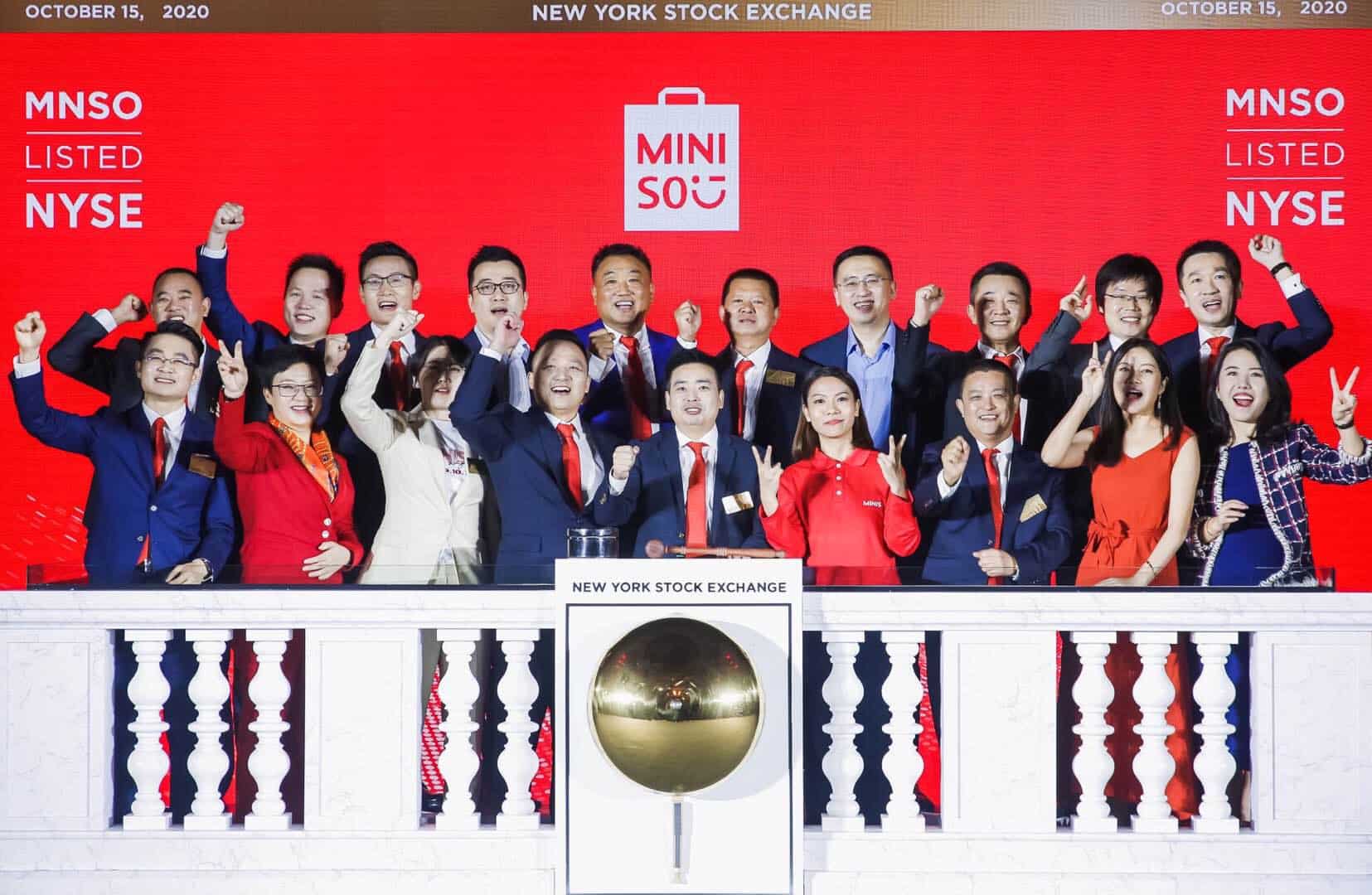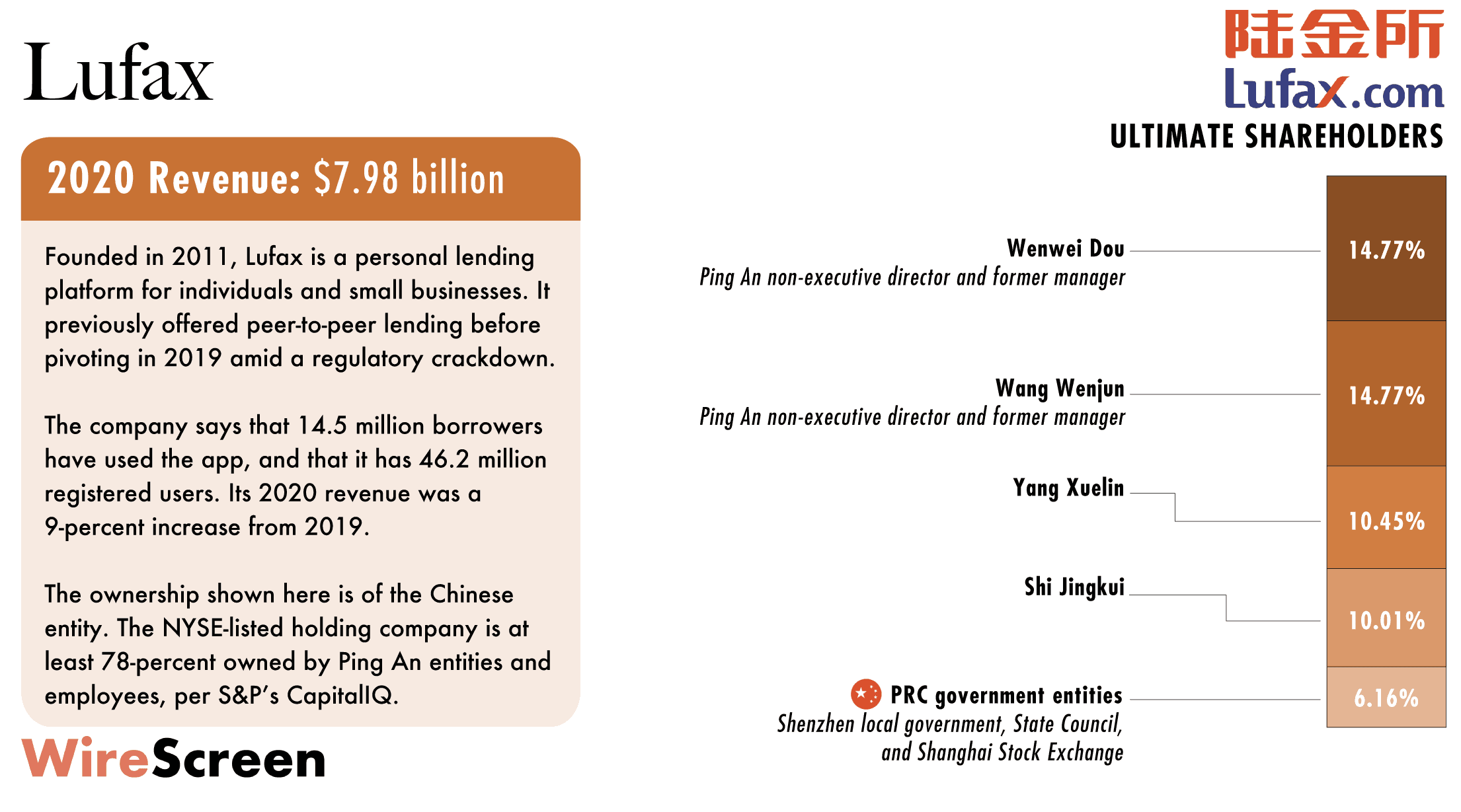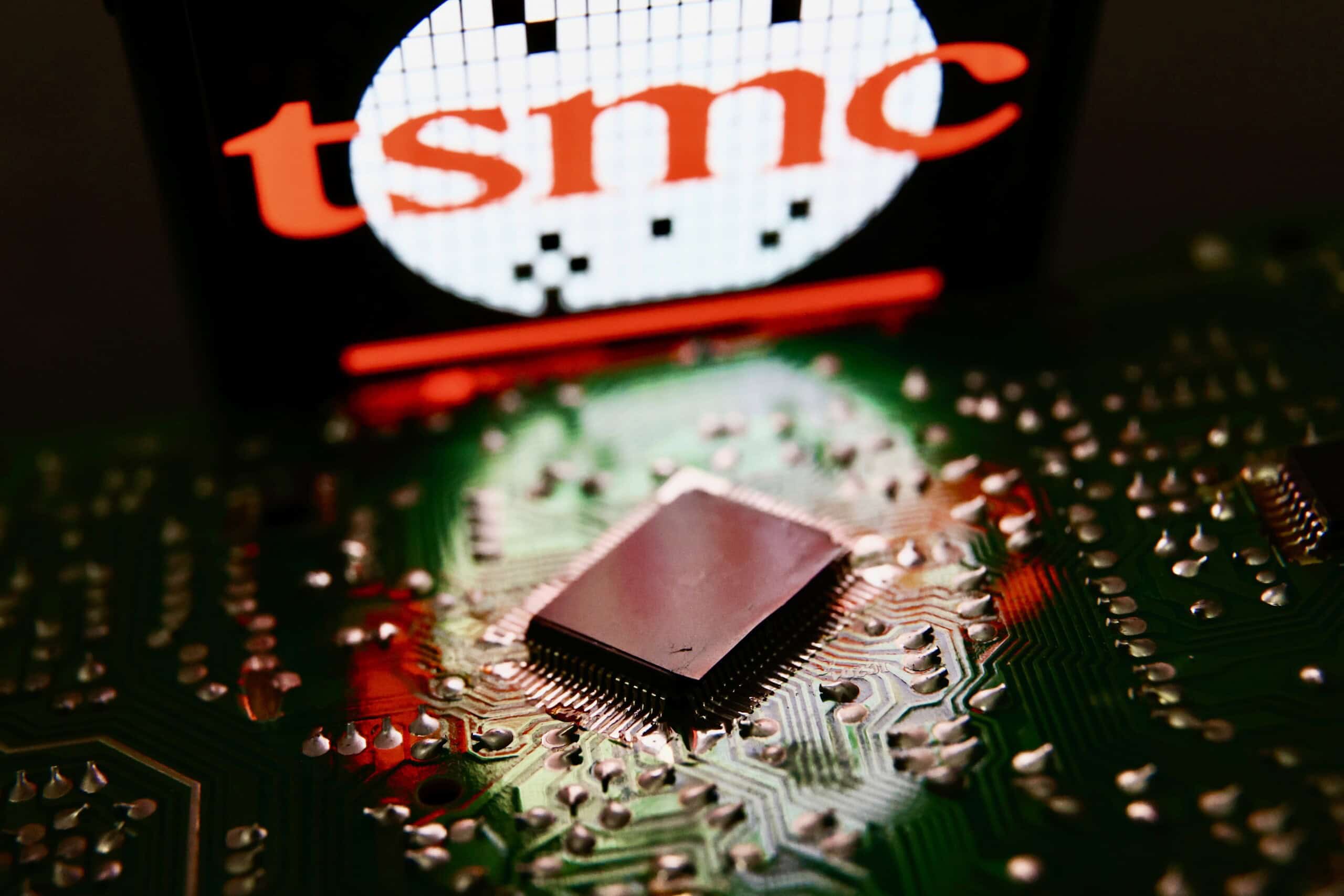
Credit: MINISO
In 2020, most of the highly valued Chinese companies looking to list in the U.S. chose the New York Stock Exchange.
Nasdaq had a particularly good year with Chinese companies, but the relative few that listed on the NYSE — 9 to Nasdaq’s 26 Chinese listings last year — were more richly valued companies. The 229-year-old NYSE is known as the destination for more established companies, while Nasdaq attracts up-and-coming tech companies.
China’s stock exchanges also reported strong listings in 2020. In Hong Kong, newly listed mainland companies raised about $50 billion last year, according to Deloitte China. And in Shanghai, the new STAR market has already helped more than 200 companies raise more than $45 billion since it began operating in July 2019.1Read The Wire’s primer on the STAR market here.
The Wire examined the Nasdaq’s Chinese listings in 2020 a few weeks ago. Now we turn to the NYSE, with highlights of some of the Chinese companies that debuted on the exchange last year, and a close-up of Lufax, the financial services firm spun out of the Ping An Insurance Group.
NYSE vs. Nasdaq

Data: Dealogic
The NYSE doesn’t attract nearly as many Chinese companies as the Nasdaq. Since 2010, 80 Chinese companies have raised capital on the New York Stock Exchange compared to 121 on the Nasdaq Stock Market, according to Dealogic.
But the number of IPOs doesn’t tell the full story. The cumulative market cap of the new listings from China on the NYSE is more than double that of Nasdaq. Indeed last year, four of the five biggest Chinese IPOs in the U.S. market — Lufax, KE Holdings, Xpeng, and Miniso — were listed on the NYSE, while Nasdaq got one: Li Auto, the electric vehicle maker, which ranked No. 4. Also, five of the NYSE’s nine newly listed companies last year already have market capitalizations greater than $1 billion.
The same pattern has been true over the last decade. The cumulative value of the Chinese Nasdaq IPOs since 2010 is $19.7 billion. For the NYSE, that figure is $47.9 billion, according to data from IHS Markit.2This includes total proceeds offered with over allotment. Even if the figures were to exclude Alibaba’s 2014 IPO, which raised a record $25 billion on the New York Stock Exchange, the NYSE would still outstrip Nasdaq in capital raised during that period from China.
The Tale of Two Real Estate Companies
Underlying many of the new listings is a push online, through e-commerce and online property searches as well as online education and financial services providers. Retail and real estate together accounted for five of the nine Chinese companies that listed on the NYSE last year. New tech companies like fintech startup Lufax Holding, education company iHuman, and electric vehicle maker Xpeng also selected the NYSE.
Shares of Phoenix Tree Holdings, the NYSE’s first Chinese IPO of the year, have fallen since its initial stock offering. It operates Danke, a real estate company, which has struggled with controversy in recent months. Phoenix Tree has since dropped to less than a fifth of its $2.5 billion market cap from its January 2020 listing.
Others, like KE Holdings, have fared better. The real estate company is among the largest in China, and is also the highest-valued Chinese company to list in the United States in 2020. It is now valued at over $75 billion.
Here are the nine Chinese firms that listed on the NYSE in 2020.

Data: Dealogic, S&P’s CapitalIQ
Lufax’s Tricky Start
Lufax Holding, now the second-largest among the companies that listed last year from China, stumbled after a successful listing in October. Its stock fell sharply a month after its IPO, perhaps because regulators halted the Ant Group’s highly anticipated IPO and hinted that the government could rein in the fintech industry. Lufax’s market value dropped by $14 billion over a nine-day period.
Lufax changed its business model to align with Chinese reguations in 2019. It now connects institutional investors with small businesses and offers wealth management services following government crackdowns on peer-to-peer lending, which was once central to its business model. It also reportedly halted its plans for a Hong Kong IPO over concerns that regulations might be tightening.
The Ping An Group, one of the country’s biggest insurance and financial services firms, founded Lufax as a subsidiary in 2011. Lufax later reorganized to become a Ping An affiliate. Below is a corporate ownership chart of the company’s onshore affiliate (not the NYSE listed company).


Hannah Reale is a staff writer with The Wire. Previously, she reported for the GBH News Center for Investigative Reporting, The West Side Rag, and her college newspaper, The Wesleyan Argus. @hannahereale



